
Remodeling your home is a chance to not only improve its appearance and functionality but also make it more energy-efficient, reducing both your environmental impact and utility costs. One of the most effective ways to achieve this is by upgrading insulation and sealing air leaks. Proper insulation in walls, attics, and floors helps regulate indoor temperatures, reducing the workload on your heating and cooling systems. Sealing gaps around windows, doors, and other openings with weatherstripping or caulking prevents drafts and keeps your home comfortable year-round.
Windows and doors also play a crucial role in maintaining energy efficiency. Traditional options often allow heat to escape in the winter and infiltrate during summer. By replacing them with energy-efficient alternatives, such as Low-E or triple-glazed windows, you can improve temperature regulation. Upgrading to well-insulated doors and adding weatherstripping further minimizes energy loss, helping you maintain a stable indoor climate without overburdening your HVAC system.
Speaking of HVAC, heating, ventilation, and air conditioning systems are major contributors to a home’s energy consumption. If your system is outdated, consider upgrading to a high-efficiency furnace or heat pump, which will use less energy to maintain your desired temperature. Smart thermostats are another great addition, as they learn your habits and automatically adjust temperatures to conserve energy, offering both convenience and savings.
Renewable energy sources can dramatically reduce your reliance on traditional power. Installing solar panels allows you to harness clean energy, and although the initial costs may seem high, local incentives and rebates can make it more affordable. Geothermal systems, which use the earth’s stable temperature for heating and cooling, are another eco-friendly option that can provide long-term savings on your energy bills. Both solutions not only reduce your carbon footprint but also increase your home’s energy independence.
Finally, adopting energy-efficient lighting, appliances, and water fixtures is a simple yet impactful way to cut down on your home’s energy use. LED lighting, for example, consumes significantly less power than incandescent bulbs and lasts much longer. Upgrading to Energy-Star appliances and tankless water heaters will further improve efficiency, lowering both your energy and water consumption. By using recycled or low-VOC materials during your remodel, you’ll also minimize environmental impact and create a healthier living space. Each of these improvements contributes to a more sustainable, eco-friendly home that will pay off in comfort, savings, and environmental benefits over time.
Until next time!
Matthew Puhr
President
Boxer Construction NW

Keep Up On Our Projects
Check out our other blog posts:
-
 Preparing for a Seamless Remodel in Kitsap County
Preparing for a Seamless Remodel in Kitsap County -
 Tips on How to Choose the Right Interior Paint Color
Tips on How to Choose the Right Interior Paint Color -
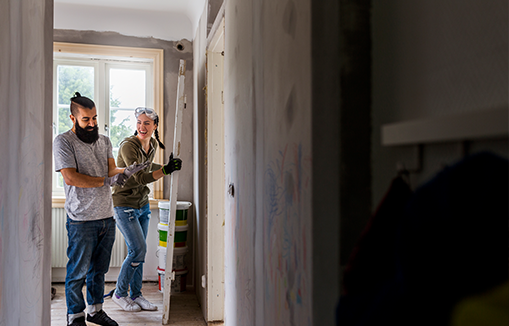 Common Mistakes When Remodeling an Older Home (And How to Avoid Them)
Common Mistakes When Remodeling an Older Home (And How to Avoid Them) -
 Creative Tips for a Function Home with a Local Feel
Creative Tips for a Function Home with a Local Feel -
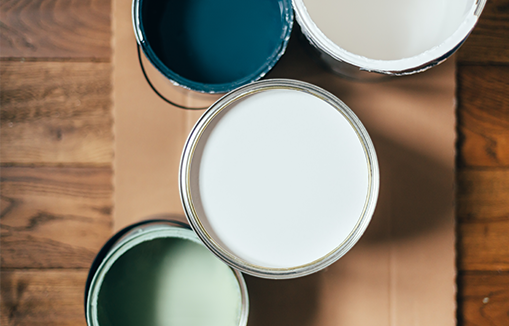 How to Select the Right Paint Color for Your Home's Interior
How to Select the Right Paint Color for Your Home's Interior -
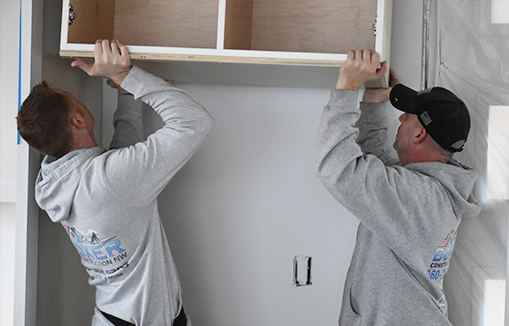 5 Compelling Reasons to Consider Remodeling Your Kitchen
5 Compelling Reasons to Consider Remodeling Your Kitchen -
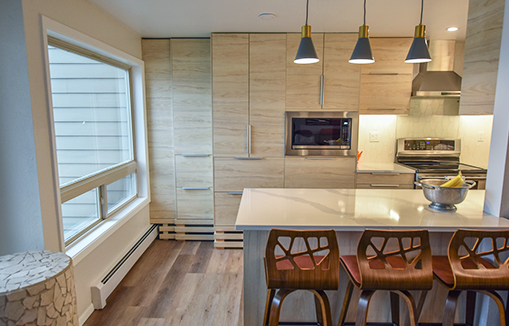 The Future of Home Building: Trends and Innovations Shaping How We Live
The Future of Home Building: Trends and Innovations Shaping How We Live -
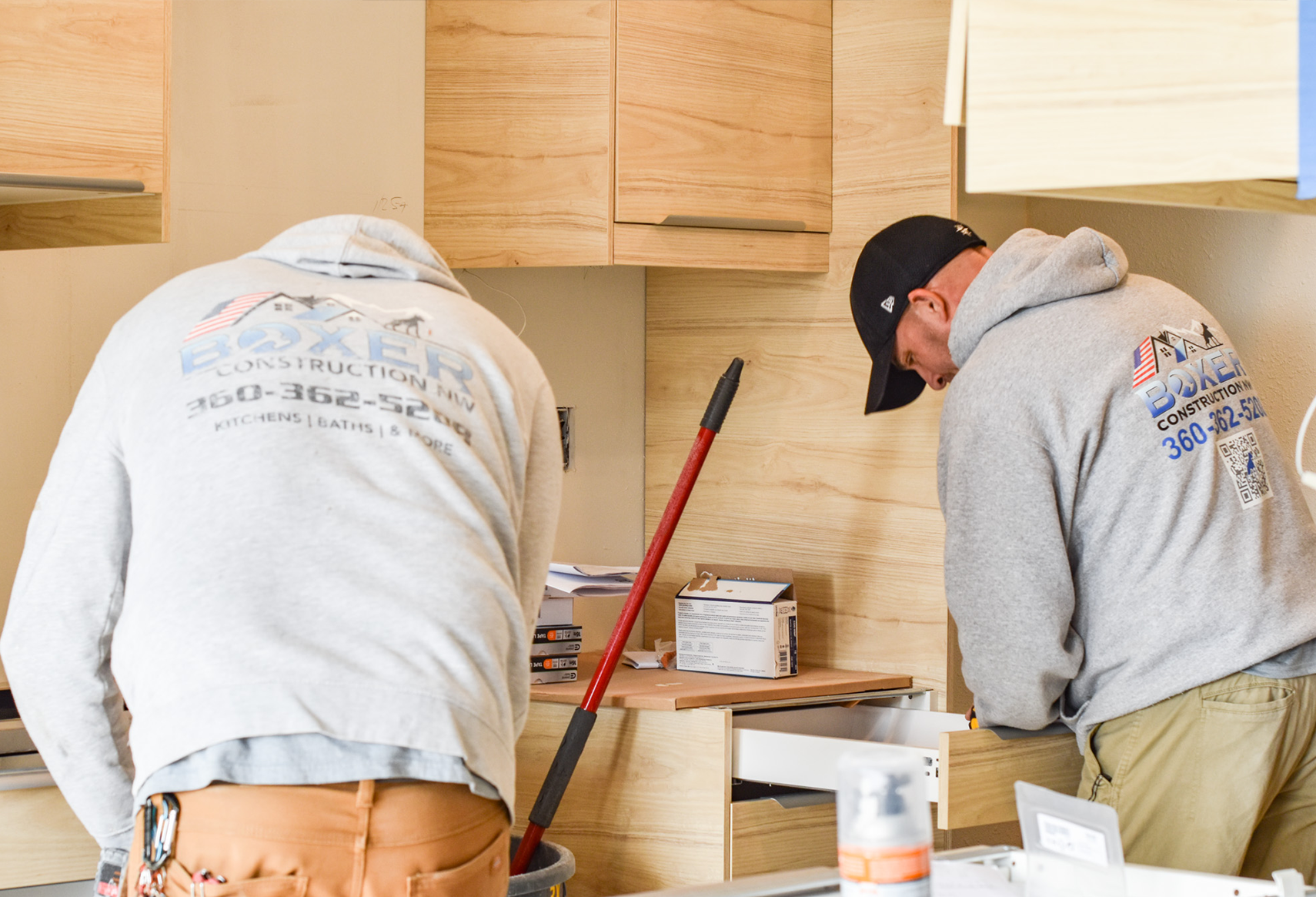 Finding the Right Builder for Your New Home
Finding the Right Builder for Your New Home -
 Winter Home Preparation: Keeping Your Space Warm and Cozy
Winter Home Preparation: Keeping Your Space Warm and Cozy -
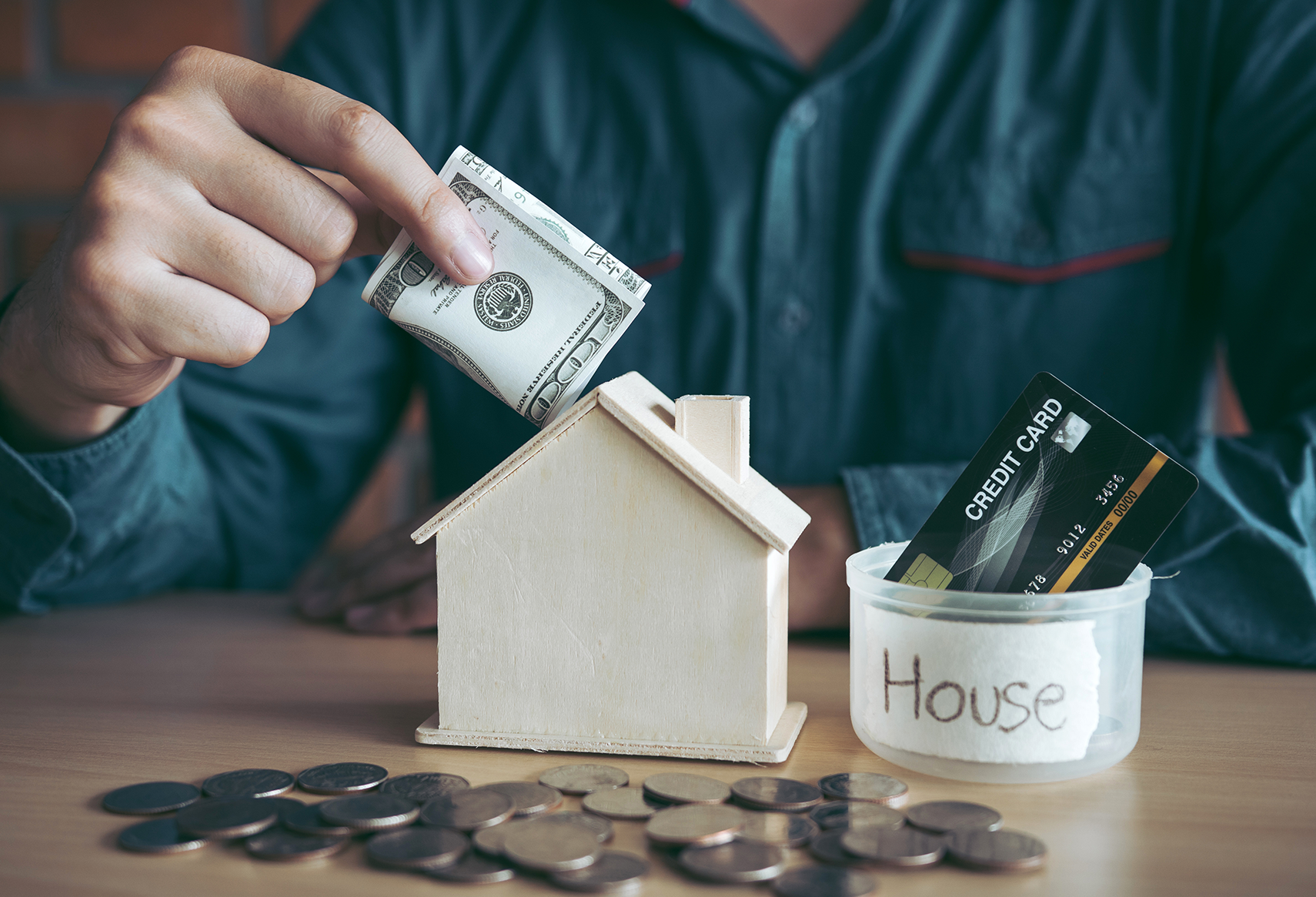 Budget-Friendly Home Renovation Tips
Budget-Friendly Home Renovation Tips -
 Hottest Kitchen Trends to Watch for in 2025
Hottest Kitchen Trends to Watch for in 2025 -
 A Comprehensive Guide to Choosing Home Finishes for Your Remodel
A Comprehensive Guide to Choosing Home Finishes for Your Remodel -
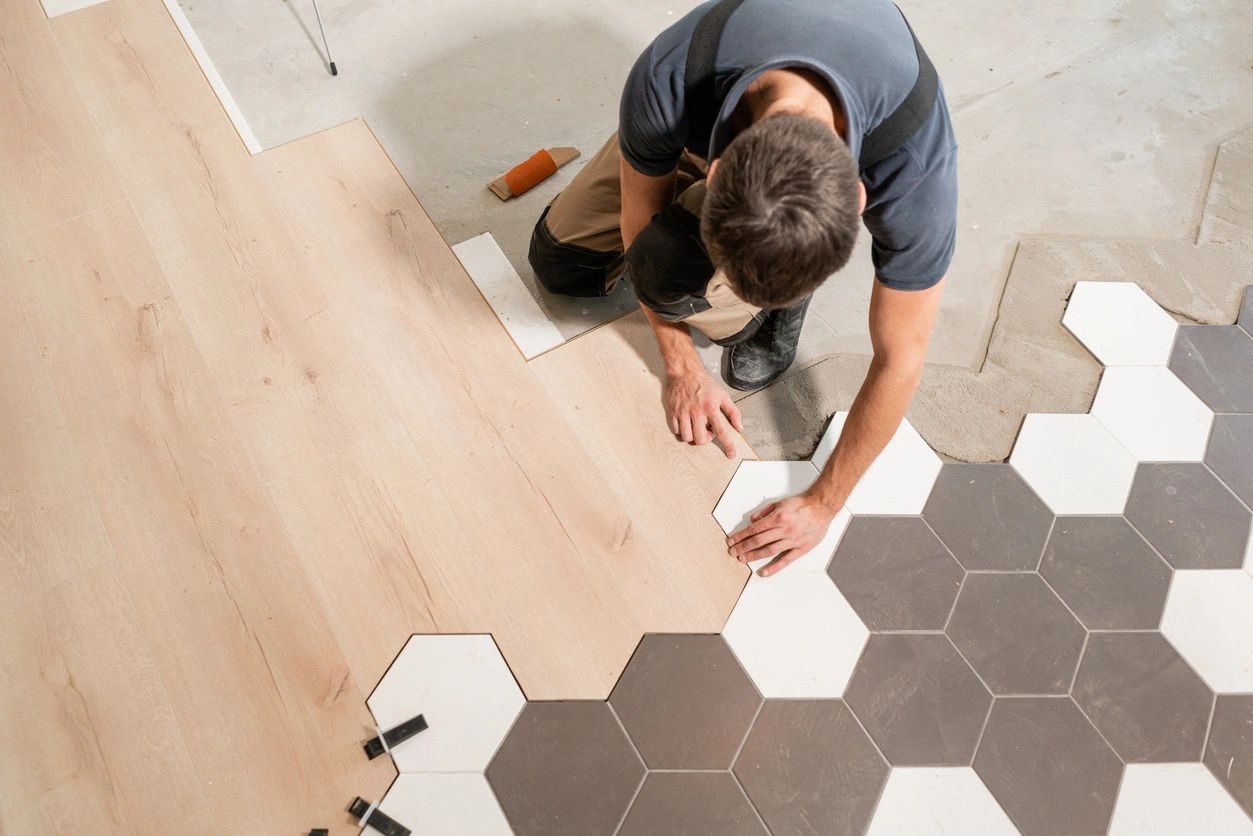 Flooring Options for Your Home: Durability, Aesthetics, and Cost-Effectiveness
Flooring Options for Your Home: Durability, Aesthetics, and Cost-Effectiveness -
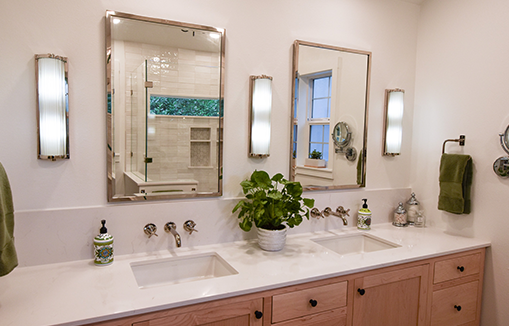 Preparing for a Smooth Start to Your Home Remodeling Project
Preparing for a Smooth Start to Your Home Remodeling Project -
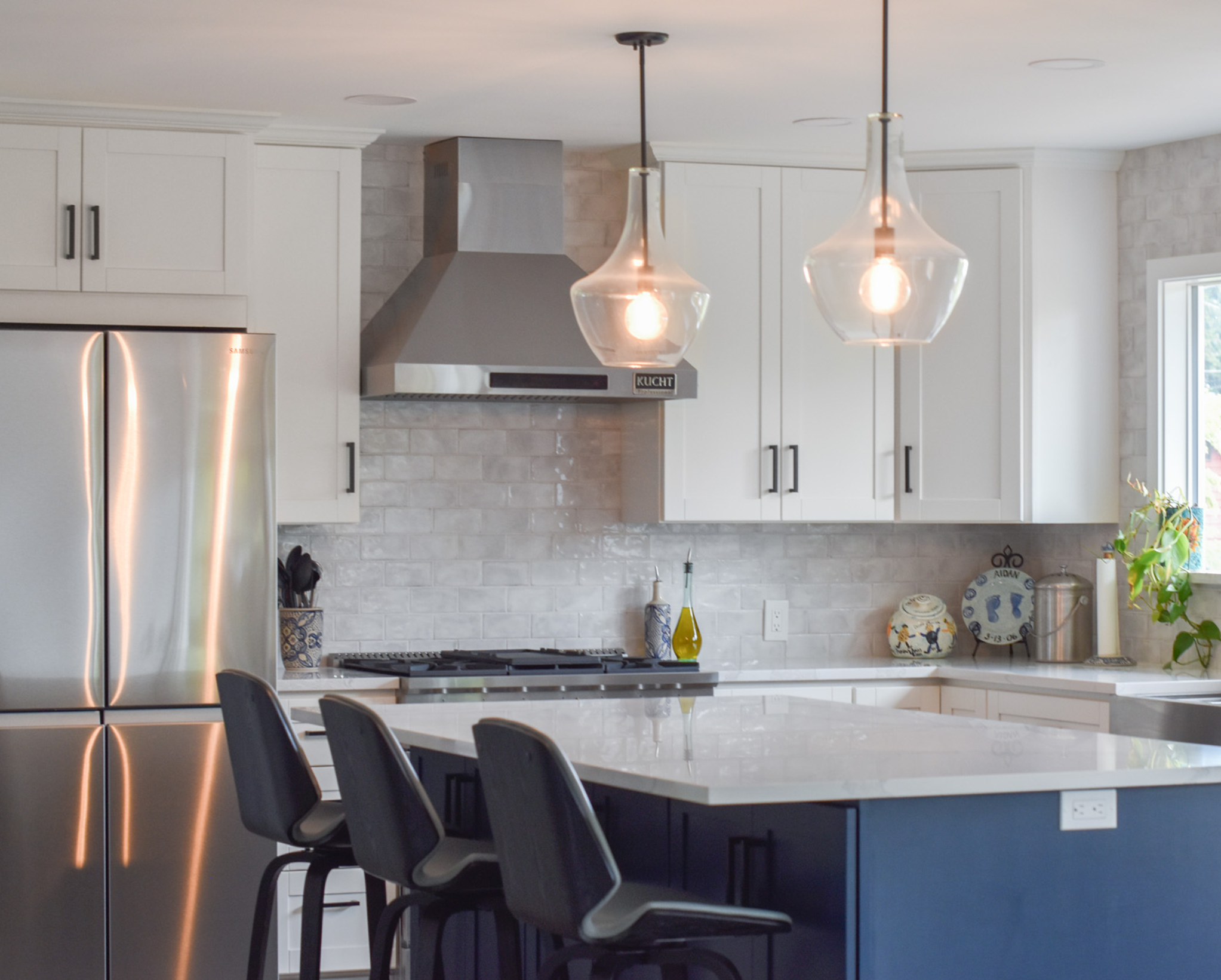 Top Kitchen Design Trends for 2025: Sustainability, Smart Tech, and Personalization
Top Kitchen Design Trends for 2025: Sustainability, Smart Tech, and Personalization

